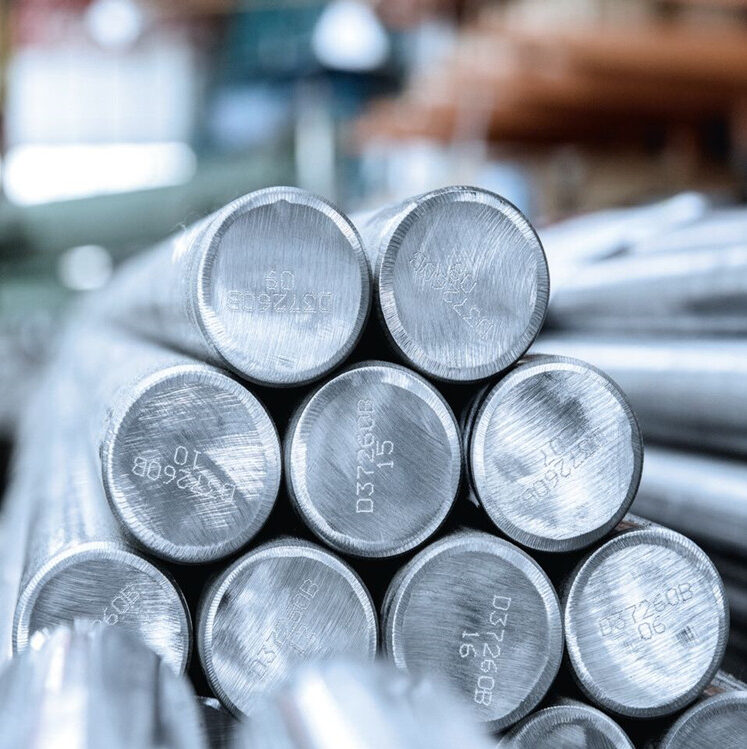On April 21 local time, a piece of news sent ripples through the international trade arena: India announced a 12% provisional tariff on certain imported steel products, valid for 200 days—a move primarily targeting China. The news quickly drew widespread attention, given the significant roles both China and India play in global steel trade.
Why has India suddenly taken such a tough stance against Chinese steel? What are the underlying considerations behind this move? And how will it impact the steel industries of both countries, as well as the broader global trade landscape? Don’t worry—we’ll break it down layer by layer.
1. Export Obstruction & Sharp Decline in Orders
As the world’s largest steel producer and exporter, China has long considered India a crucial overseas market. In recent years, Chinese steel, leveraging its cost advantages, has secured a significant share of India’s market, becoming the second-largest source of steel imports for India in the 2024/25 fiscal year. However, India’s new tariff directly raises the cost of Chinese steel entering its market.
For many Chinese steel companies that rely heavily on Indian exports, existing contracts may face breach risks due to rising prices, while securing new orders becomes even more difficult—severely damaging their export business. For example, a company that previously exported thousands of tons of steel to India monthly saw its shipments plunge by 80% after the tariff hike, as Indian clients either demanded price cuts or canceled orders outright.
2. Worsening Overcapacity Crisis
Overcapacity has long been a challenge for China’s steel industry. The export blockage to India further exacerbates inventory pressure for domestic steel producers. Steel originally destined for India now piles up in warehouses, tying up capital and straining cash flow.
To ease inventory burdens, companies may have to cut production, but this triggers a chain reaction—layoffs, idle equipment, and operational losses. Industry estimates suggest that if exports to India remain restricted, capacity utilization rates in China’s steel sector could drop by 5 percentage points, deepening the overcapacity crisis.
3. Erosion of Market Confidence
India’s tariff hike has severely shaken Chinese steelmakers’ confidence in expanding overseas. Entering international markets requires heavy investments in market research, client development, and distribution networks. India’s sudden policy shift has heightened concerns over market unpredictability, discouraging further investment not only in India but also in other potential markets.
This hesitation to expand globally could hinder the long-term internationalization of China’s steel industry, making companies more cautious—and potentially slower—in pursuing new opportunities abroad.
